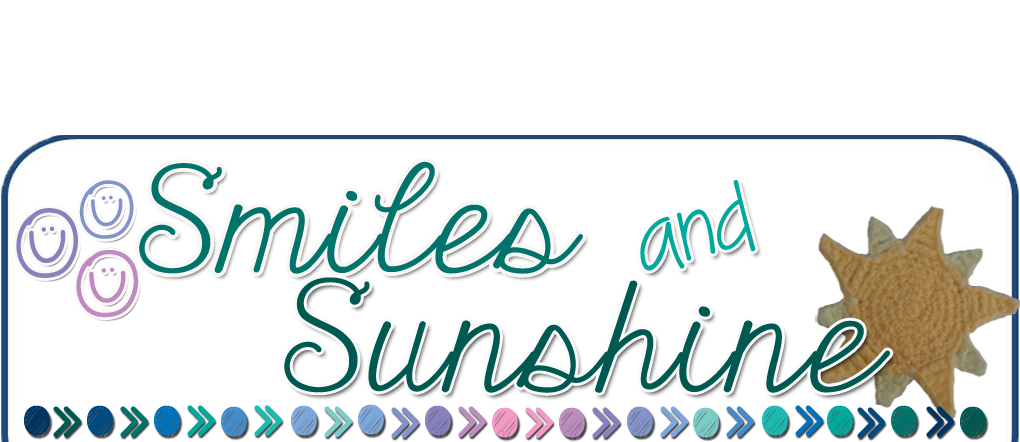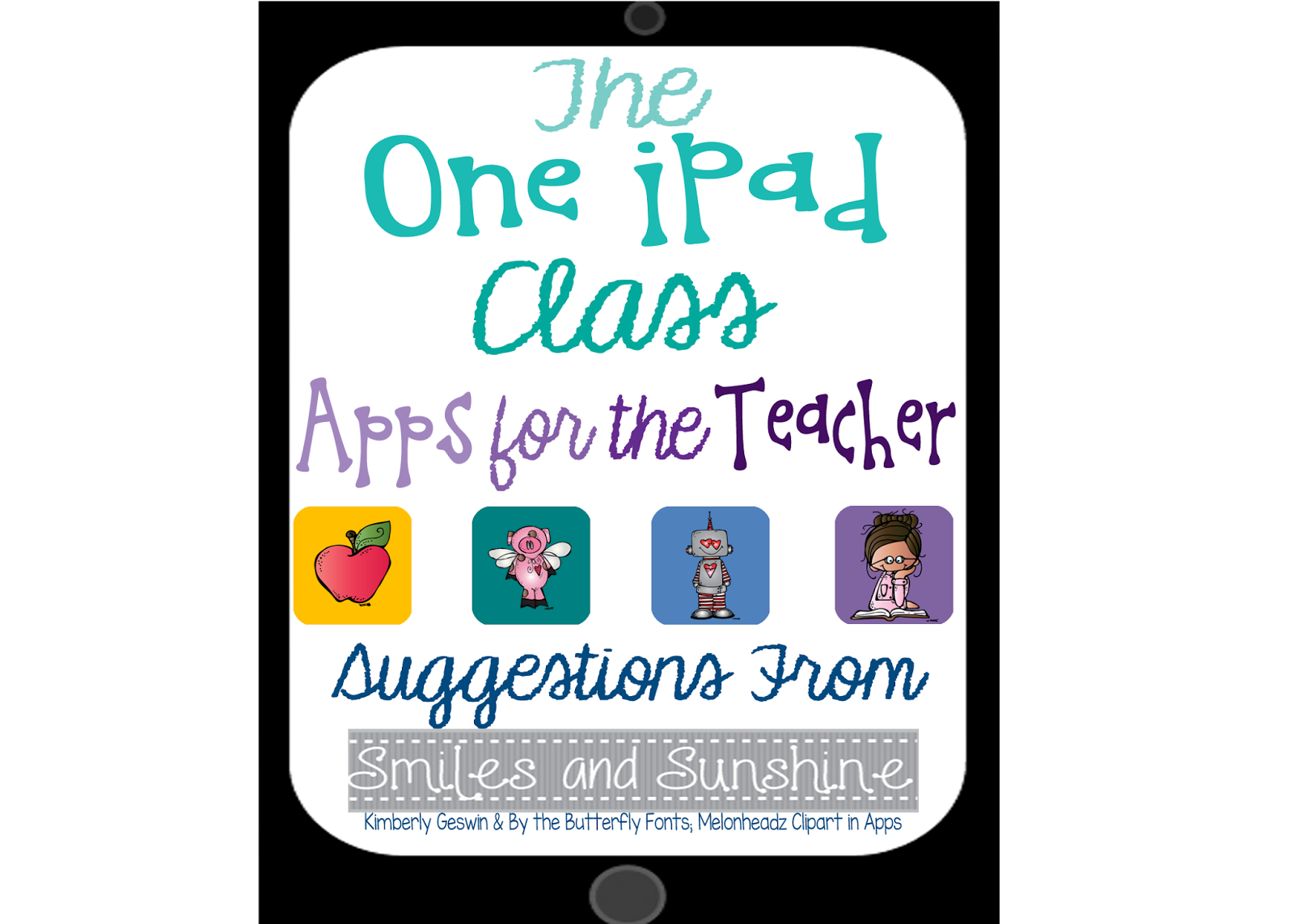One of my favorite things to do is to play with curriculum, so I was watching it to see what others had said. In fact, if I could go back and redo my Master's, I would choose Curriculum! As it is, I'm looking for a CAGS or half-master's program in it-haven't found one yet, but I'm looking!
Then I got to thinking (always dangerous! ;)-why don't I share how I map it out?
This is what works for me-something different may work for you. And if so, can I direct you to Teaching Maddeness (who is currently running a planning series!), Ashleigh's Education Journey, What I Have Learned, and Scholastic?
First, pick one topic to concentrate on. Don't try to do the whole year for every subject at the same time. Small steps. Small.
Then, gather all the materials you need. I'm going to show you how I did my ELA map (which I started last summer-so I did have some 'pre-planning' done). This summer I'm going to focus more on math,
Lay out your months, then divide them into weeks. For this, I used to bottom half of my morning message chart paper-it gave me more room to work.
Divide each month into weeks (or unit into days)
And by how many subject areas you want to cover.
Some suggestions for things you need:
Since I did all of ELA, I divided my paper into sections-for each of the sections I will teach
Then, I started plotting out my year.
I first started with my Mentor Sentences. This gives me a mentor text, plus focuses on grammar skills.
Then, I moved onto grammar.
Last year, I reorganized the sequence for our series-putting the parts of speech into what I thought was a logical order, instead of skipping all around. I allotted about a month for each part of speech-knowing I wouldn't be able to cover it everyday, but it gave me a guide of how long it took.
After grammar, I hit up writing.
Using what I have learned (here, and here), plus some advice from a colleague (who's an excellent writing teacher) who recommended some books, I started to plan it out.
I'm definitely heavier on the description in the beginning of the year vs. the end of the year-there are more 'smaller projects' we need to do before we can do longer pieces. Plus, I want to make sure that they have the basics and are clear on the expectations before I move forward.
Then I moved onto the biggies-the CCSS I'll be covering, as well the other skills that come along with reading.
This is where my previous experience came into the most play.
I took what I did this year, and moved things around a little, using the experience, plotted out (to me) a logical sequence that builds upon one another.
This is also where I pulled in my basal.
*Tangent* Unless you are absolutely required to teach lesson A on day 1 and lesson B on day 2, I would highly recommend using your basal as a resource. You don't have to do everything they have in there! Pull out the best parts-and supplement the rest! You know your kids-and what works best.
I pulled out the comprehension focus for each of the units, as well as one or two stories that 'fit' with the focus. Some of these comprehension skills are 'implied' in the common core, and they are still important to teach.
Then, I went back, and using a checklist of the CCSS, I checked off what I had already written down. (I did this on my iPad using an Evernote checklist during SBA testing-but paper and pencil work too! ;)
When I got towards the end, any standards left over went into the months of April, May and June. This way, I've made sure that I've covered all the standards by the end of the year.
My next step is to take my half charts and type them up. I'll print them out and have everything bound at Staples for $5-this way I have a easy, portable map that I can use to help me daily plan.
| Isn't it pretty-it doesn't have to be boring! |
Good luck!
Smiles and Sunshine,
Kaitlyn









.jpg)
.jpg)
.jpg)
.jpg)
.jpg)
.jpg)
.jpg)
.jpg)
.jpg)
.jpg)
.jpg)
 {FREE}
{FREE} .jpg)
.jpg)